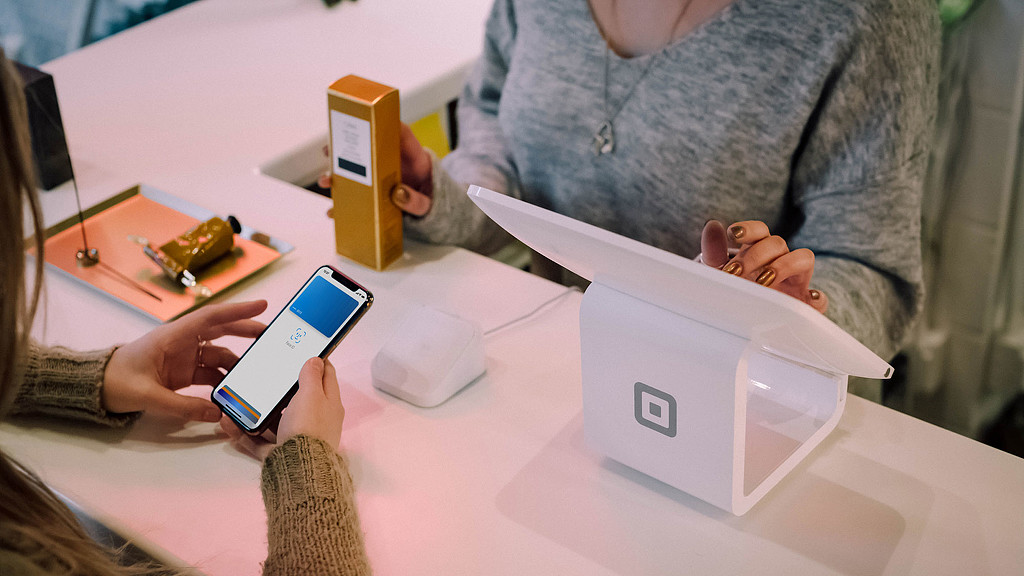Re-Entry for Retailers: Returning to the Store
April 06, 2020 | By Aaron Birney and Lara Marrero
Editor’s Note: This post is part of our ongoing exploration of how design is responding to the COVID-19 pandemic.
The retail landscape has changed dramatically in the last few weeks. Many brands went from welcoming a solid holiday season to shuttering their doors with lightning speed. Today, retailers are dealing with store closures, layoffs, and the question we all have: How long will this pandemic last? Many are still recovering from the shock of the last few weeks, with their focus split between safety of family and employees and the real and urgent need to quickly get their business up and running again. They have yet to begin formulating a plan for re-entry into the store.
No one knows when non-essential stores will be allowed to open their doors again, but when doors do open one thing is certain: it will not be business as usual and customers will have new and very different expectations of retailers.
In this time of flux, here are a few considerations we recommend when rethinking how to best modify — or in some cases retool — your retail spaces to accommodate these new consumer expectations.
Short-term responses
Practice good hygiene: Social distancing has created new awareness around sanitized environments and their importance in maintaining wellness in the community. “Brand hygiene” will take on a new meaning as brands respond with stringent sanitizing and hygiene practices as a way to build customer confidence. Target has asked their team members to wear gloves and face masks, and Walmart is scanning employees’ temperatures when they report to work. Some stores, like Sainsbury’s in the U.K., are adjusting hours to allow staff more time to clean, disinfect, and restock shelves, and adding special hours for vulnerable shoppers and healthcare workers.
Get the basics right. Consumers will want to minimize their time out in environments, and as such, retailers need to focus on getting the basics right. Store designs should consider limiting the number of touchpoints a person has within a space, and clearly messaging navigation and circulation.
- Automate doors. Look at adding automatic door operators with hands-free wave sensors to entries, restrooms, and back-of-house doors to allow seamless, touch-free movement through the space.
- Integrate touchless technologies. Consider adopting touchless faucets, soap dispensers, lavatories, and hand dryers. Advanced technologies, such as sensors, artificial intelligence, and voice-activation can help reduce touch.
- Enable contactless transactions. Leverage chip and pin cards or contactless payment systems like Apple Pay, Google Wallet, WeChat, RFID technology, and even facial recognition. Walmart, for example, has begun contactless payment for consumers who use its mobile apps at store registers. Many retailers, such as Best Buy, Nordstrom, have implemented contactless curbside service and some, like Home Depot, are even taking part in contactless delivery.
- Encourage self-service. Through the Waitrose app, customers are able to scan their own products, place them into their own bags, and pay through the app, reducing all person-to-person interactions, while one major financial institution has introduced an Interactive Digital Teller solution to allow for customers to open accounts and get service through a virtual teller.
Protect your employees and customers. Knowing a brand cares deeply about its employees demonstrates the brand’s value of people, and customers will take note.
- Get training right. Remember that people are coming back into places again — some with heightened emotions. Empathy and service will be critical at this time, and training associates to be supportive of their customer’s emotional well-being will determine how a customer remembers their experience with the brand.
- Change your cleaning policy. Develop a training playbook to assign employees cleaning tasks frequently during store hours. This is a good way to rebuild trust with customers as you show them that you’re taking their health seriously.
- Provide personal protective equipment (PPE). Brands can protect their workers by equipping them with sneeze guards, gloves, masks, disinfecting wipes, and hand sanitizer to reduce exposure.
- Deploy distance separation. Companies are now starting to assign queueing lines at 6’ intervals to help customers keep a safe and appropriate distance from one another. In China, where many stores have reopened as the crisis has eased, brands like Apple and IKEA have restrictions on crowds.
- Ensure proper air filtration. Multiple manufacturers make air-filtration systems that have the ability to capture 0.1 microns, which can help solve for airborne bacteria, spores, and viruses.
- Introduce antimicrobial surfaces. Introduce materials such as copper and its alloys, including brass, bronze, and copper-nickel, which have antimicrobial properties that can help aid in cleanliness and design in a way that is easily disinfected. Consider floor mats that can help sanitize and disinfect footwear upon entry into a space.
Longer-term steps
- Ease customers’ stress and maximize their time: Brands should look not only at the service their associates offer, but also the services the brand offers, too. Click and collect, delivery from store in under two hours, and alterations are among the opportunities to maximize the customer’s time and reduce stress.
- Implement real-time inventory solutions: Consider machine learning enabled systems that can provide clarity and transparency of what stores and warehouses have in stock. Some stores are monitoring and adjusting inventory so customers browsing online can see a store’s product availability in real time. Others are implementing purchase limits to allow more shoppers to access high-demand products.
- Update your digital signage solution: Remote updates can limit the labor and touchpoints involved to produce signage, but more importantly, digital signage content can help tell the story of the product, detailing where it is made while limiting the amount of physical touch that could occur.
- Be transparent about supply chain lineage: The current health crisis will have lasting implications to the supply chain that will affect the business long after the doors open. Supply chain delays could mean that product launches are delayed, shelves might not be stocked as quickly, and there could be global shortages. Retailers should consider technologies that allow them to track products from their origin to shelf via blockchain technology, which gives them the ability to share this information real-time with customers while reducing the likelihood of shortages.
Consumers will demand a new retail environment that meets their new and ever-changing expectations, and now is the time to put strategic measures into place to ensure your retail spaces will be successful when your stores reopen.
For any media inquiries, please email .


